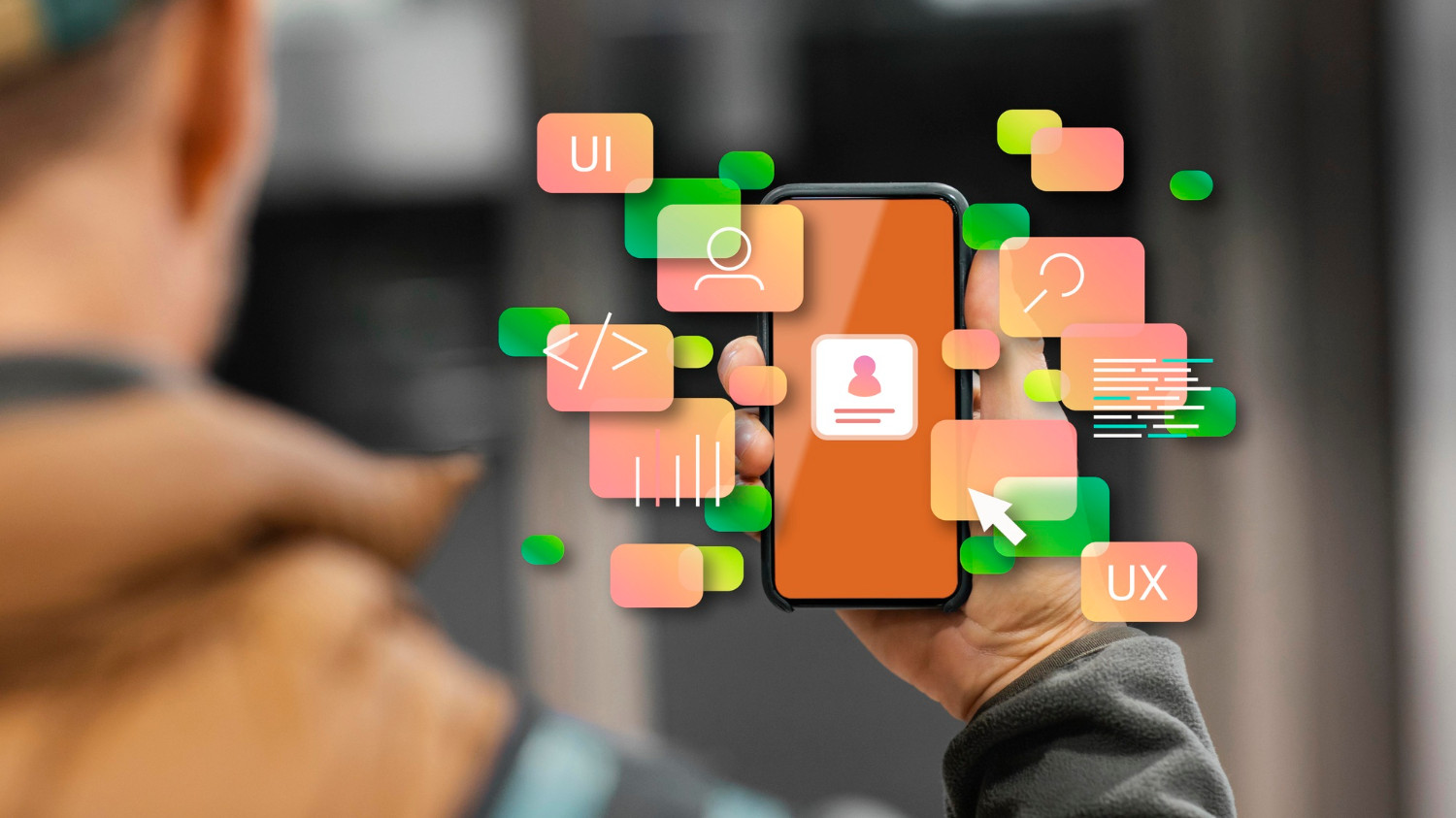Complete guide to the types of software that exist
Have you ever wondered how many types of software exist and how they can improve your daily life or your business? Software is the engine that powers everything, from the video games you play on your favorite console to the apps you use to run your business. But did you know that software encompasses much more than just programs and apps?
In this article, we'll guide you through the different types of software that exist and how each plays a crucial role in our modern world. Get ready to explore and discover how software transforms our lives and businesses in ways you may never have imagined.
What is software and why is it important?
Software encompasses all the programs and applications necessary to run computer system processes. From startup applications to essential services, software is the heart that enables computers, consoles, mobile phones, and other platforms to perform their functions. Without software, these devices could not function effectively.
Software is essential because it allows us to perform a variety of tasks, from the simplest, such as sending an email, to the most complex, such as managing a business network. Thanks to software, we can automate processes, increase efficiency, and improve productivity in almost every aspect of life.

Types of Software
There are different types of software, each with unique technical specifications and functions. Below, we'll explore the main types of software and their applications.
Application Software
Application software is the type of software that interacts directly with the user to perform specific tasks. This type of software includes programs we use in our daily lives, such as word processors, spreadsheets, email applications, and web browsers. Some key features of application software are:
Specific functionality: Designed to perform specific tasks, such as writing a document or creating a presentation.
Friendly user interface: Offers an easy-to-use interface that allows users to interact with the program intuitively.
Management Software
Management software is designed to help businesses efficiently manage their operations and resources. This type of software includes business management systems, customer relationship management (CRM) systems, enterprise resource planning (ERP) systems, and more. Some key features of management software include:
Resource Optimization: Helps companies optimize the use of their resources, from personnel to materials.
Process Automation: Automates repetitive tasks and reduces manual workload, allowing companies to focus on strategic tasks.
Programming Software
Programming software is the set of tools and environments that developers use to create, debug, maintain, and test other software. This type of software includes code editors, compilers, debuggers, and integrated development environments (IDEs). Some key features of programming software are:
Software creation: Allows developers to create software from scratch or modify existing software.
Facilitating collaboration: Provides tools that facilitate collaboration between developers and development teams.
System Software
System software is the software responsible for managing and controlling a computer's hardware and resources. This type of software includes operating systems, device drivers, diagnostic tools, and more. Some key features of system software are:
Resource Management: Manages system resources, such as memory, storage, and input/output devices.
User-Hardware Intermediary: Acts as an intermediary between the user and the hardware, allowing programs and applications to function properly.
How to choose the right software for your needs?
Choosing the right software can be a challenge, especially with so many options available on the market. Here are some tips to help you make the best choice:
Identify Your Needs
Before choosing software, it's important to identify your needs and goals. What tasks do you need to perform? What functions are essential for you or your business? By answering these questions, you'll be able to narrow down your options and focus on the software that best suits your needs.
Consider Cost and Support
The cost of the software and the support offered by the vendor are important factors to consider. Make sure the software you choose is within your budget and that the vendor offers adequate support in case you encounter problems or need help installing or using the software.
Try the software before you buy
Many software companies offer trial versions or demos of their products. Take advantage of these opportunities to try the software before you buy it. This will allow you to assess whether the software meets your expectations and whether it is easy to use and learn.
Why follow Dynelink news?
At our company, we're committed to keeping you informed about the latest trends and developments in the world of software and digital marketing. Our blog is full of useful articles and practical tips that will help you make informed decisions and make the most of technology in your business.
